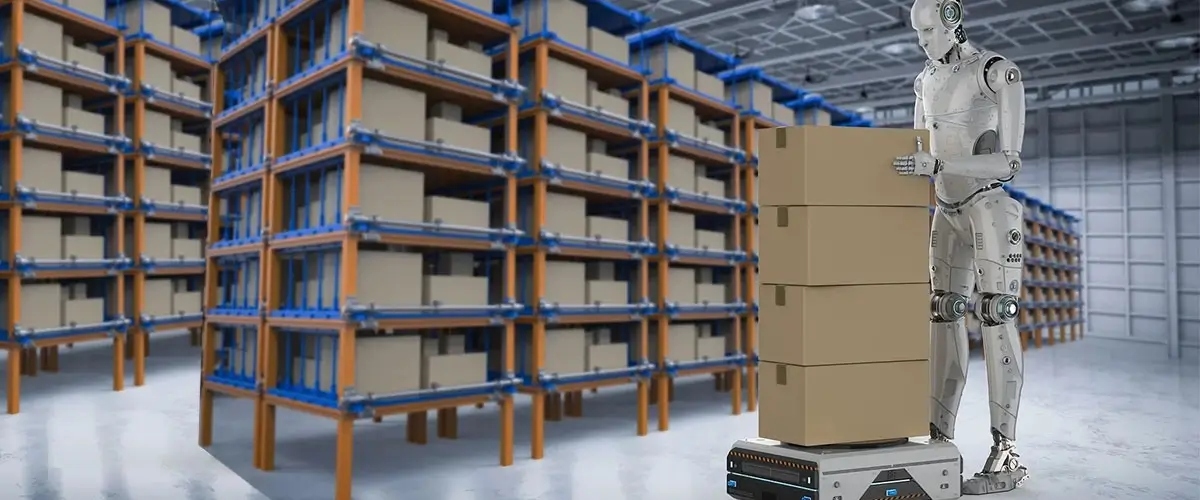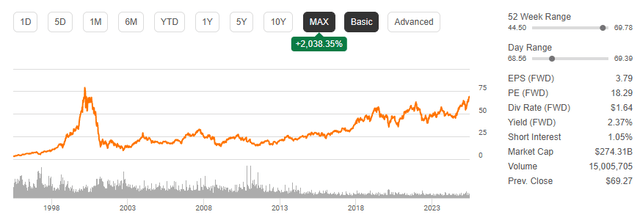Navigating Disruption: 9 Tech Trends Revolutionising Life Sciences Supply Chains in Australia

The life sciences industry in Australia faces unprecedented challenges – from global pandemics and geopolitical instability to evolving patient expectations and stringent regulatory requirements. These pressures are acutely felt within supply chains, traditionally known for their complexity and vulnerability. However, emerging technologies are offering a lifeline, transforming the way life sciences companies manage their supply chains, build resilience, and gain a competitive edge. This article explores nine key technology trends reshaping the landscape, providing Australian life sciences leaders with the insights they need to thrive in a volatile environment.
1. Blockchain for Enhanced Traceability & Security
Transparency is paramount in the life sciences. Blockchain technology provides an immutable and secure record of every transaction and movement of goods, from raw materials to finished products. This drastically reduces the risk of counterfeit drugs entering the supply chain and ensures patient safety. In Australia, with its strict regulatory framework (TGA), blockchain offers a powerful tool for compliance and auditability.
2. The Rise of AI & Machine Learning for Demand Forecasting
Accurate demand forecasting is crucial for efficient inventory management and minimising waste. AI and machine learning algorithms can analyse vast datasets – including historical sales data, market trends, and even social media sentiment – to predict future demand with greater precision than traditional methods. This allows companies to optimise stock levels, reduce holding costs, and respond quickly to changing market conditions.
3. IoT & Real-Time Visibility: Tracking Every Step
The Internet of Things (IoT) enables real-time tracking of products and assets throughout the supply chain. Sensors embedded in packaging, vehicles, and storage facilities provide continuous data on temperature, humidity, location, and other critical parameters. This visibility allows for proactive intervention to prevent spoilage, ensure product integrity, and optimise logistics.
4. Cloud Computing: Scalability & Collaboration
Cloud-based supply chain management (SCM) solutions offer unparalleled scalability and flexibility. They enable companies to easily adapt to changing demand and collaborate seamlessly with suppliers, distributors, and partners, regardless of location. The adoption of cloud computing is accelerating in Australia as businesses seek to improve agility and reduce IT infrastructure costs.
5. Robotics & Automation: Boosting Efficiency & Accuracy
Robotics and automation are streamlining warehouse operations, reducing labour costs, and improving accuracy. Automated guided vehicles (AGVs), robotic picking systems, and automated storage and retrieval systems (AS/RS) are transforming the way goods are handled and stored. This is particularly valuable in Australia's geographically dispersed market.
6. Digital Twins: Simulating & Optimising Supply Chains
A digital twin is a virtual replica of a physical supply chain. By simulating different scenarios and testing various strategies, companies can identify bottlenecks, optimise processes, and improve overall efficiency before implementing changes in the real world. This proactive approach minimises disruption and reduces risk.
7. Predictive Analytics: Anticipating & Preventing Disruptions
Predictive analytics uses historical data and statistical modelling to identify potential disruptions before they occur. By analysing factors such as weather patterns, geopolitical events, and supplier performance, companies can anticipate risks and take proactive measures to mitigate their impact. This is essential for building resilient supply chains in a volatile global environment.
8. 3D Printing: On-Demand Manufacturing & Customisation
3D printing, or additive manufacturing, is revolutionising the way medical devices and pharmaceuticals are produced. It enables on-demand manufacturing, customisation, and rapid prototyping, reducing lead times and improving patient outcomes. While still in its early stages, 3D printing holds immense potential for the Australian life sciences industry.
9. Sustainable Supply Chain Technologies: Meeting ESG Goals
Increasingly, life sciences companies are under pressure to demonstrate their commitment to environmental, social, and governance (ESG) principles. Technologies such as carbon footprint tracking, sustainable packaging solutions, and renewable energy integration are helping companies reduce their environmental impact and meet their sustainability goals. Australian consumers are increasingly demanding ethically sourced and environmentally friendly products.






